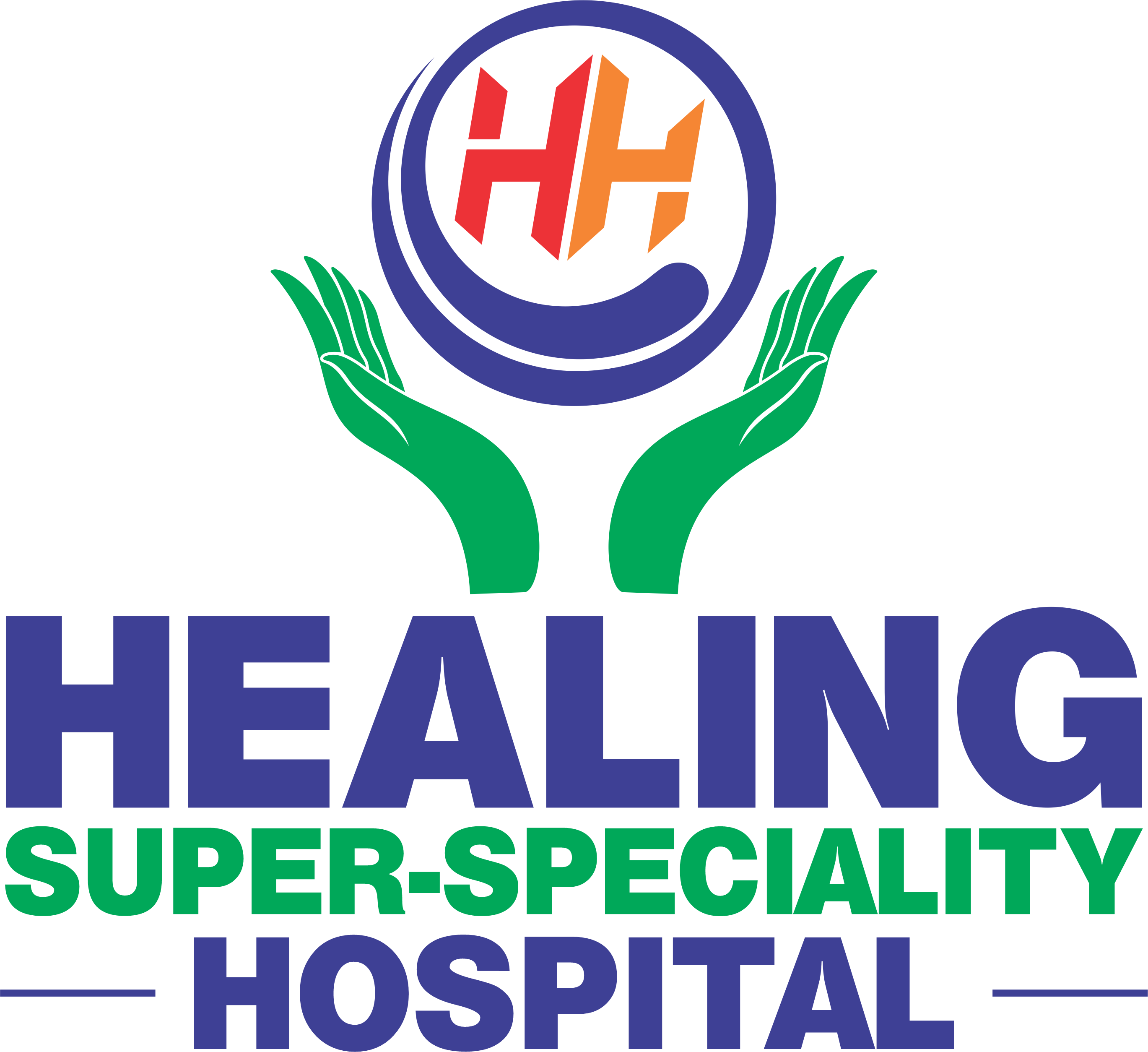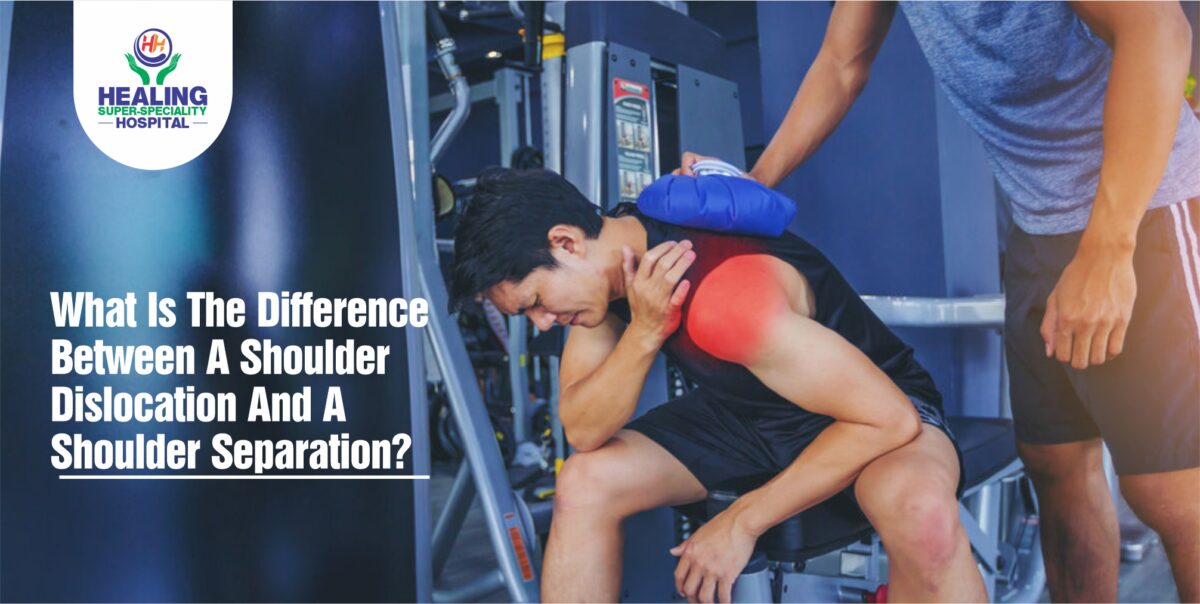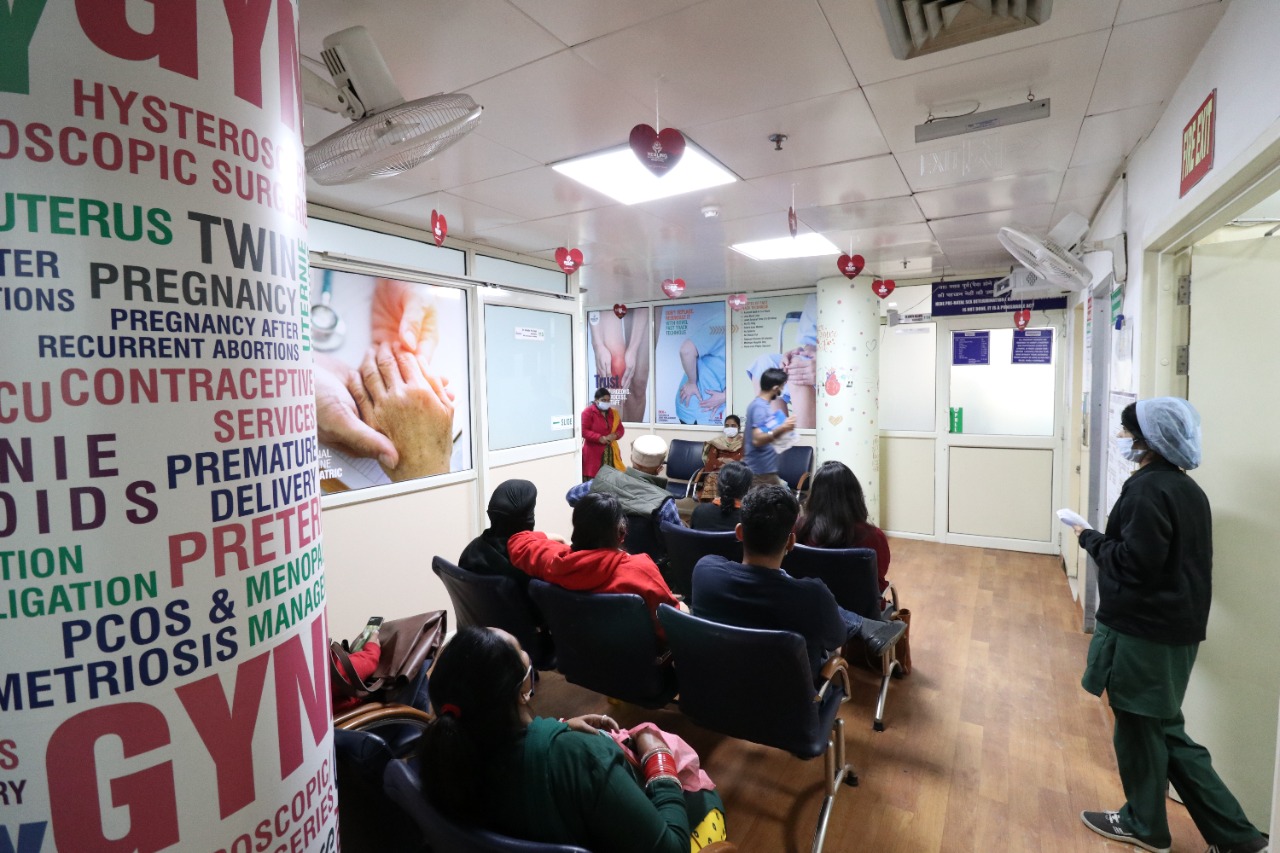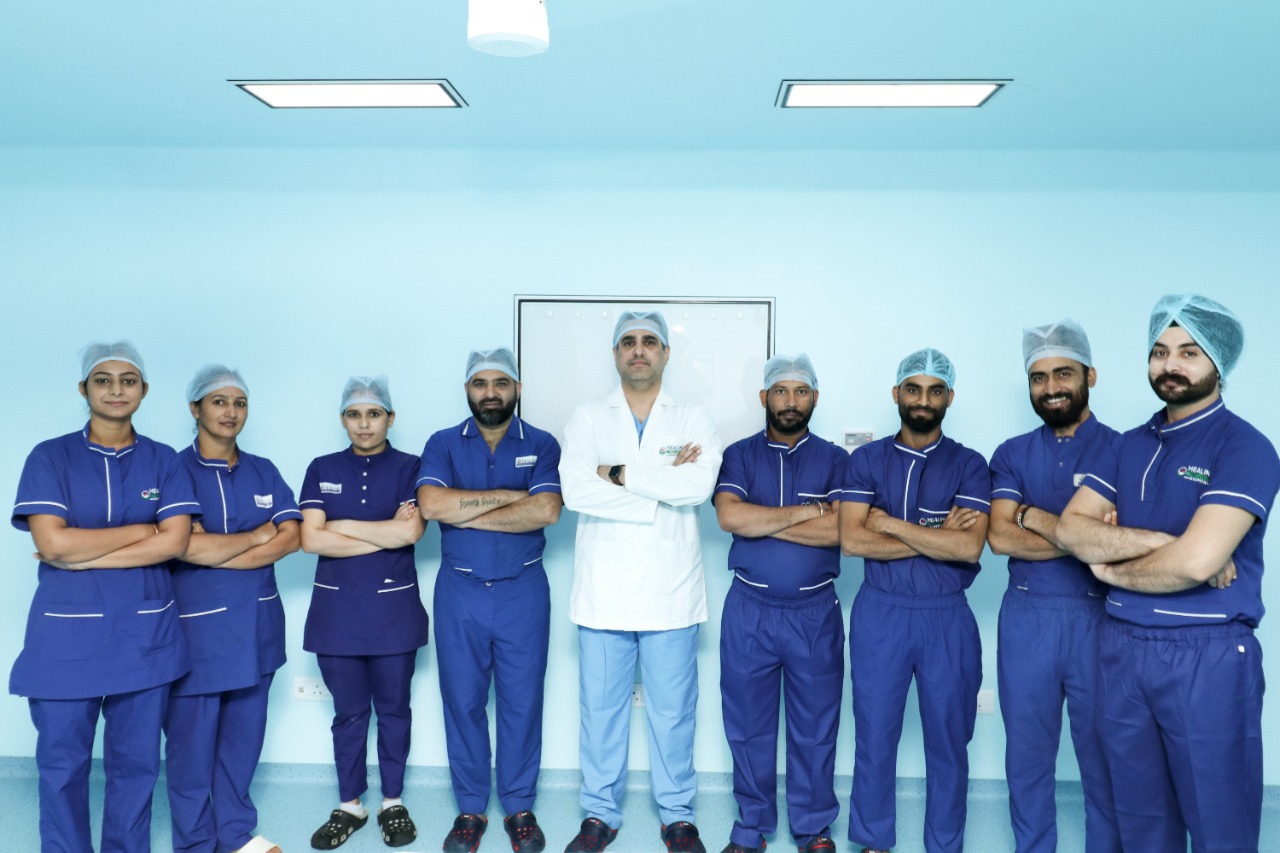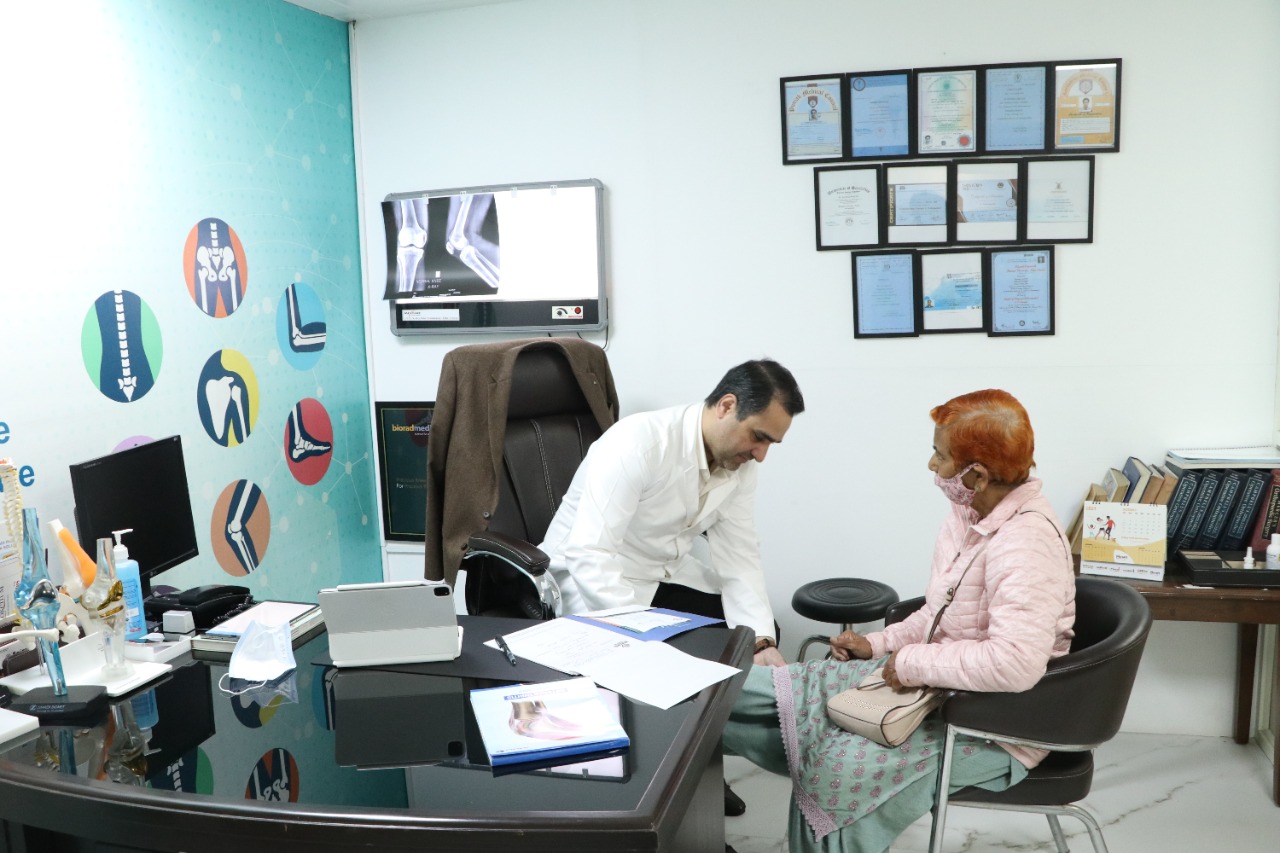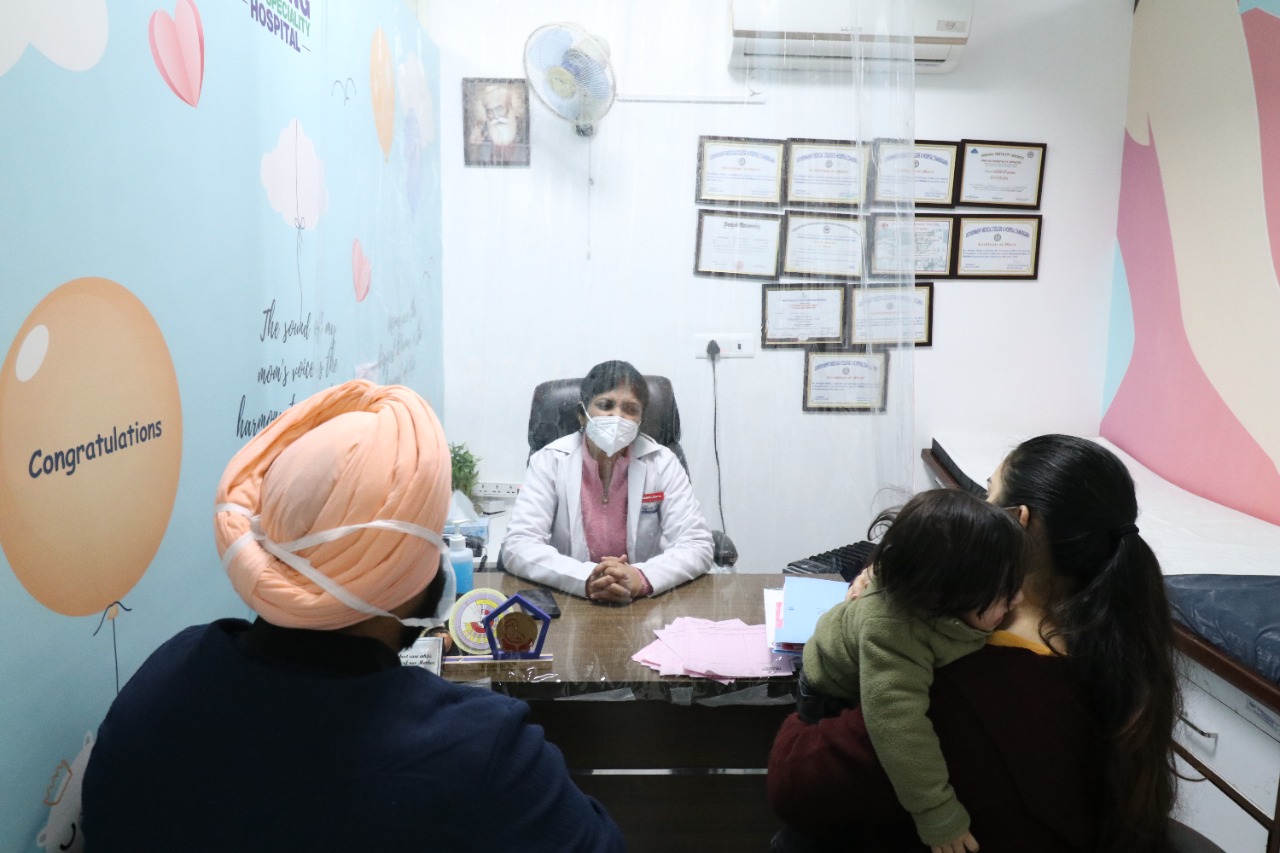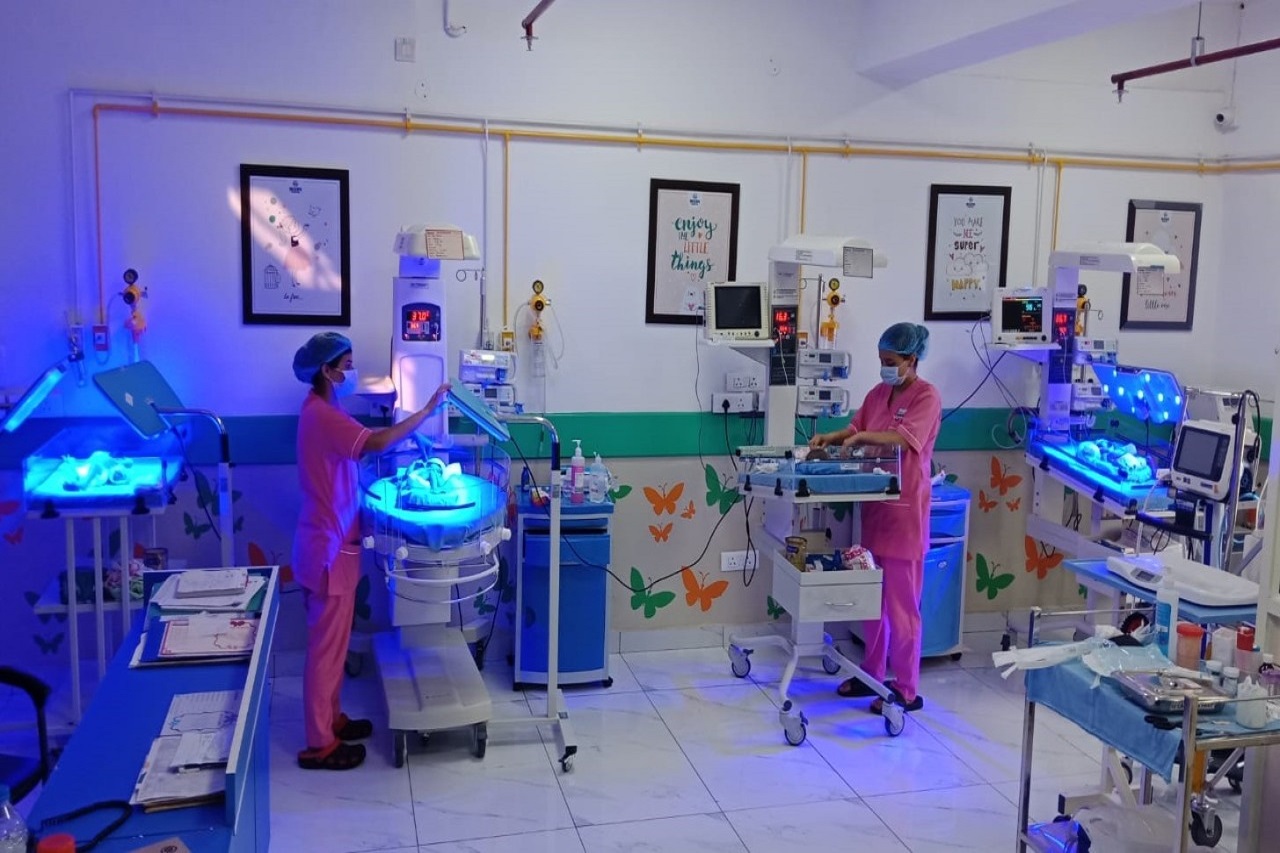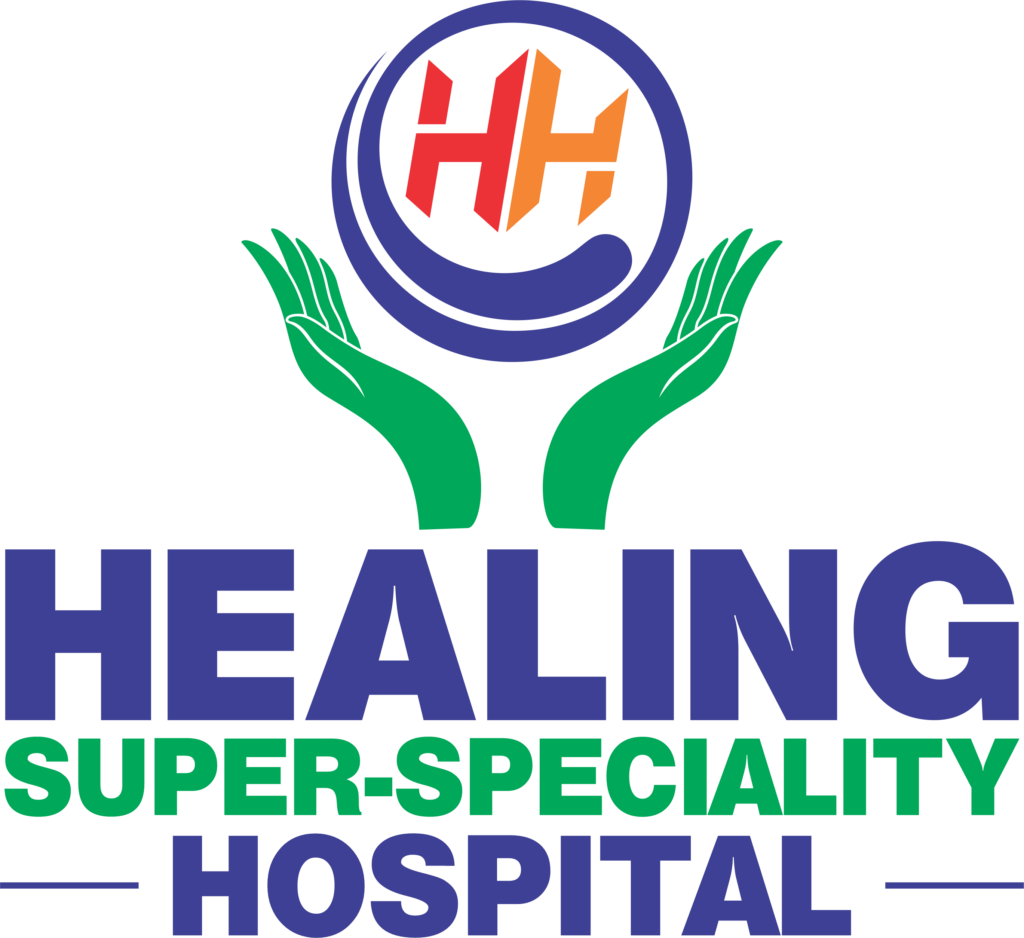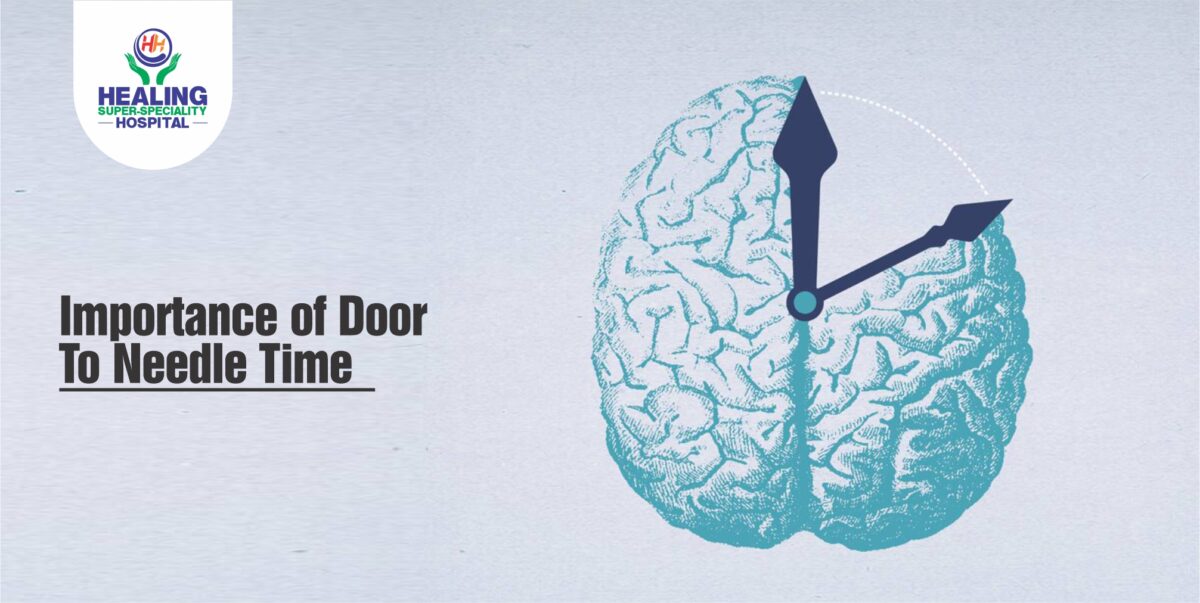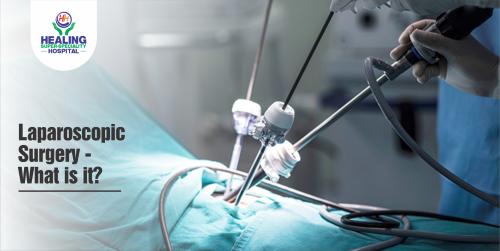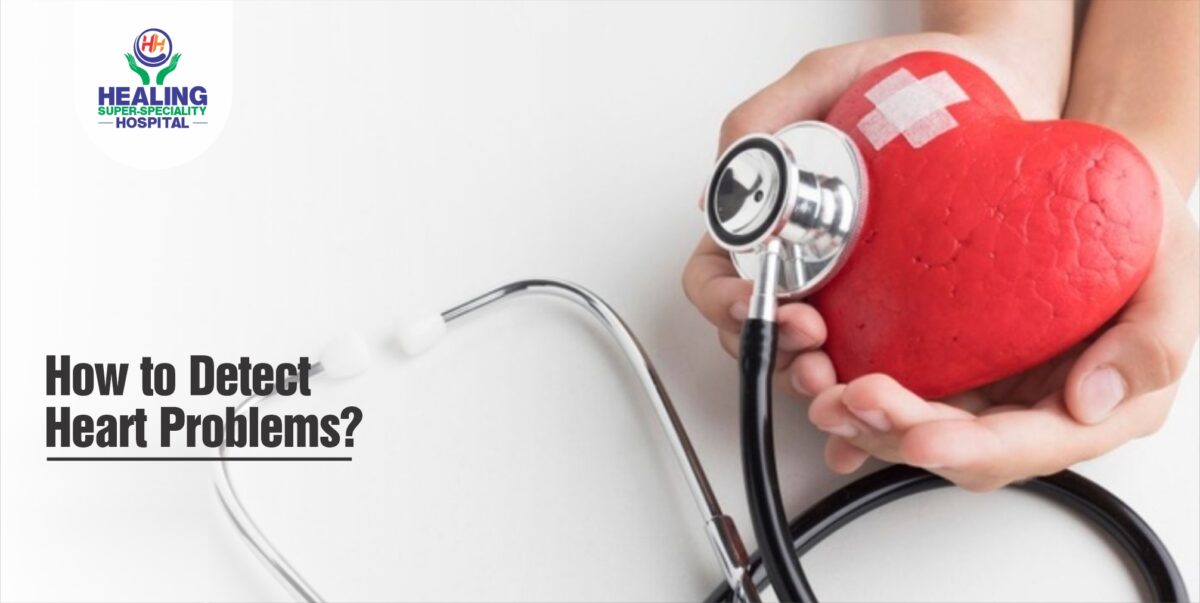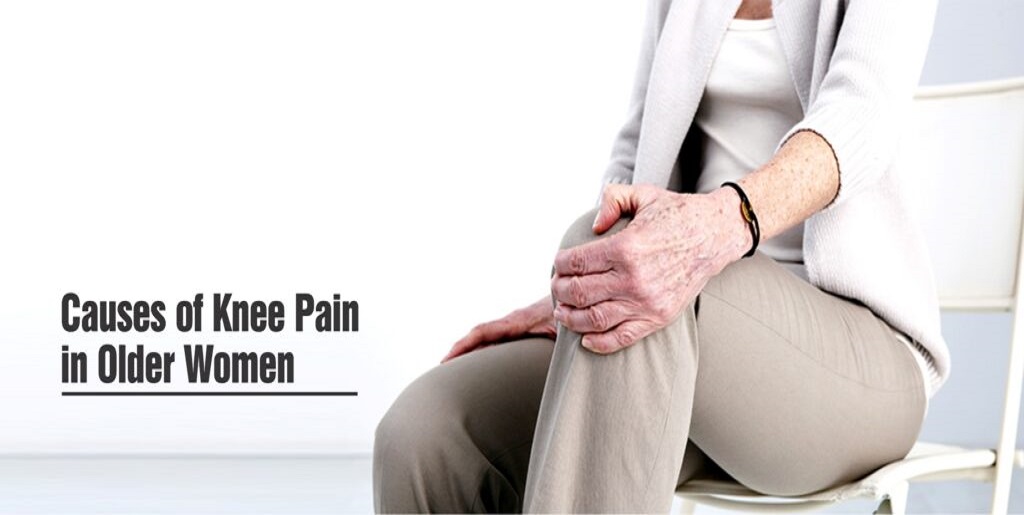Shoulder dislocations and shoulder separations are often used interchangeably, but these are two independent and distinct injuries. In one, the bone pops out of its socket in the shoulder, while in the other, the ligaments connecting the shoulder components tear.
In this article, we will discuss the essential distinctions between shoulder dislocation and separation, as well as how to manage and avoid both these disorders.
Contents:
1. Shoulder Dislocation
2. Shoulder Separation
3. Recovery from Shoulder Dislocation and Shoulder Replacement
4. Preventing Shoulder Dislocation and Shoulder Separation
1. Shoulder Dislocation
In this injury, the top of the arm bone pops out of the shoulder socket as the result of falling or hitting. Unlike many other joints in your body, the shoulder is extremely movable. This is why the shoulder joint is also more prone to sliding out of place.
In such a case, the tissue and nerves around the shoulder joint are injured severely which can render them unstable and weak.
Symptoms of shoulder dislocation are as follows:
- Excruciating pain in the shoulder and upper arm, making it impossible to move the arm.
- Deformation of the shoulder that may look like a bump in the front or back of your shoulder.
Treatment for shoulder dislocation
The arm bone will need to be moved back into the shoulder socket by the doctor. Some of the discomforts will subside after the arm bone is replaced in its socket.
Conservative therapy can be used to relieve discomfort and swelling after the shoulder bone has been relocated. After this, you can ice your shoulder, use a shoulder immobiliser/sling, take painkillers and practice mild stretching. In rare cases, you may need surgery.
2. Shoulder Separation
Despite its name, this injury does not impact the shoulder joint directly. In this case, a fall or blow tears one of the ligaments that link the collarbone to the shoulder blade. Here the collarbone may slide out of position and press against the flesh around the top of your shoulder.
Symptoms of shoulder separation are as follows:
- Excruciating pain
- Shoulder and collarbone sensitivity
- Bruising
- Swelling
- Shoulder deformity
Treatment for shoulder separation
The same treatment as shoulder dislocation can be used in the case of shoulder separation. Surgery to repair a torn ligament in a badly separated shoulder is usually required. After that, you’ll most likely need to wear a sling for around six weeks.
Also Read: https://healinghospital.co.in/10-myths-and-facts-about-knee-replacement-surgery/

3. Recovery from Shoulder Dislocation and Shoulder Replacement
The severity of the shoulder injury determines the time for recovery. Separated shoulders might take up to 6 weeks to recover. Whereas, shoulders that have been dislocated may take longer to heal, ranging from 3 to 12 weeks. However, everyone recovers at their own pace.
Return to your activities slowly. Don’t try to resume your former levels of physical activity until you’ve a range of motion in your damaged shoulder and it feels strong enough to do your desired activity. You risk causing a permanent injury to your shoulder if you use it before it has fully healed.

4. Preventing Shoulder Dislocation and Shoulder Separation
Following are some of the things you can do to prevent a shoulder dislocation or shoulder separation:
- Stop if you are experiencing shoulder pain while doing any activity.
- Use protective padding to protect your shoulder from a fall or blow.
- Ice your shoulder if you have had shoulder separation in your past.
- Stretch your shoulders routinely.
- Exercise only as much as you can and do not over exert your body.
Get the best treatment for shoulder dislocation and shoulder separation in Chandigarh

